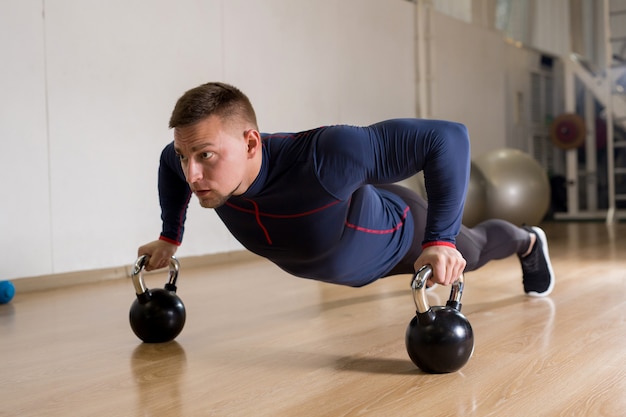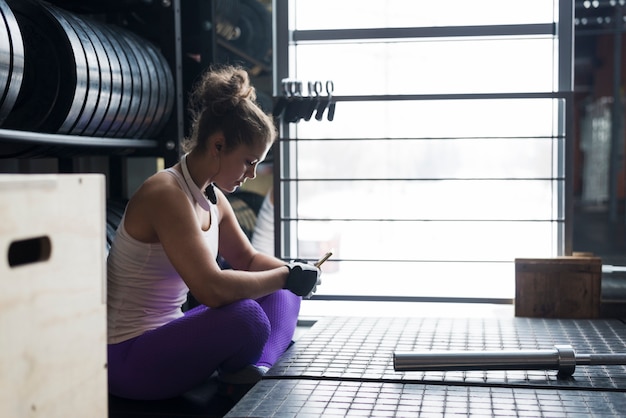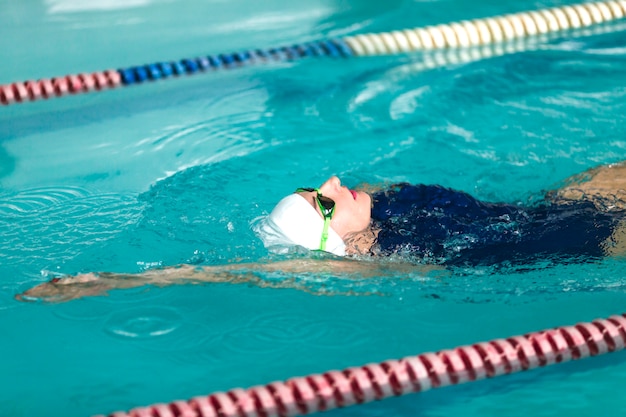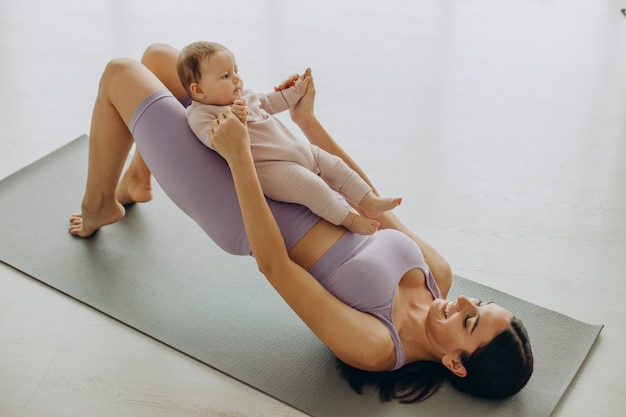Balancing lectures, assignments, and social life is tough—but adding fitness into the mix doesn’t have to be. Running and walking are two of the most accessible, low-cost ways for students to boost physical health, reduce stress, and sharpen mental focus. This complete guide gives you a practical checklist, tracking strategies, and motivation tips tailored specifically for student life.
Unlike gym memberships or team sports, running and walking require minimal equipment and can fit into even the busiest schedules. Whether you’re walking to class, jogging between study sessions, or hitting the trails on weekends, these activities improve cardiovascular health, enhance sleep, and reduce anxiety—all critical for academic success.
Studies show that regular aerobic exercise like walking or running increases blood flow to the brain, improving memory, concentration, and mood. For students, that means better focus during lectures and sharper recall during exams.

Start strong with this essential checklist—designed for students on a budget and tight schedule.
Invest in a good pair of running or walking shoes. Visit a specialty store for a gait analysis if possible, or choose a cushioned, supportive model based on your foot type. Replace shoes every 300–500 miles to avoid injury.
Moisture-wicking fabrics help regulate body temperature. Layer up in colder months and opt for breathable, lightweight gear in summer. Don’t forget a hat and sunglasses for sun protection.
Carry a reusable water bottle. Drink water before and after your walk or run. For longer sessions, consider a light snack like a banana or energy bar 30–60 minutes prior.
Schedule your activity like a class. Even 20–30 minutes counts. Use walking as active commuting—choose stairs over elevators, park farther away, or get off the bus one stop early.
Tracking keeps you accountable and shows how far you’ve come. Try one or more of these student-friendly methods:
Apps like Strava, MapMyWalk, or Google Fit log distance, pace, and calories burned. Many are free and sync with smartphones or smartwatches.
Keep a small notebook or digital note. Mark each day you walk or run with a checkmark or emoji. Streaks build motivation!
Create a mini whiteboard in your dorm. Set weekly targets (e.g., "5 walks this week") and celebrate when you hit them with a small reward—like a favorite snack or episode of a show.
Motivation fades—but systems don’t. Use these cues to build lasting habits:
Link your walk or run to an existing routine: after morning coffee, before dinner, or right after your last class.
Replace screen scrolling with a 10-minute walk. It clears your mind and boosts retention. Try the Pomodoro technique: 25 minutes study, 5-minute walk.
Team up with a classmate or roommate. Accountability makes it harder to skip. Bonus: you can chat, brainstorm, or decompress together.
After 10 walks, treat yourself to a movie night. After a month of consistency, buy new workout socks or a motivational water bottle.
You don’t need to run a 5K on day one. Begin with 10-minute walks. Use the run/walk method: 1 minute running, 2 minutes walking, repeated for 20–30 minutes. Gradually increase running intervals as your fitness improves.
Consistency beats intensity—especially for students. Even on high-stress days, a short walk can reset your mood and energy.
Running and walking aren’t just fitness activities—they’re tools for academic resilience, mental clarity, and personal growth. With the right checklist, tracking method, and motivation cues, you can build a sustainable habit that supports your student journey.
Start today. Lace up. Step out. Your future self will thank you.

Fitness

Fitness

Fitness

Fitness

Fitness

Fitness

Fitness

Fitness

Fitness

Fitness

Wellness

Wellness

Health

Fitness

Health

Health